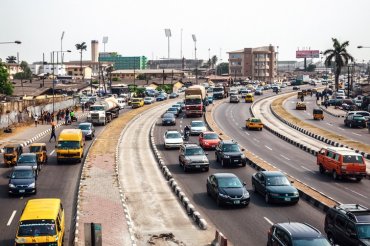MOSCOW – Russias lubricant market is expected to rebound after a period of stagnation in the countrys economy and low consumer spending, while stringent original equipment manufacturer demands and fierce competition will define global lubricants in coming years, RPIs International Lubricants Conference heard here recently.
Russian gross domestic product may grow between 1.5 percent and 2.5 percent annually over the next few years, the World Bank estimates. Rosstat, the countrys governmental statistics agency, recorded 2 percent GDP growth in the first half of 2017.

Usually, GDP growth fares well for lubricant production, and it is a good indicator that shows lube production in Russia could grow 2 percent in 2017, said Kirill Vereta, general director of Intesmo, in opening remarks at the conference, held in Moscow last month.
Volgograd-based Intesmo, Russias largest grease maker, is a 75-25 joint venture between Lukoil, the countrys largest lube marketer, and state-owned Russian Railways. Intesmo operates a 30,000 tons per year grease plant at Lukoils Volgograd refinery.
Russian passenger car sales grew by 7 percent during the first half of this year, while commercial vehicle sales increased 44 percent, Vereta said, citing Autostat consultancy data.
In the years first half, the countrys overall vehicle fleet increased by 300,000 units, reaching 50 million units total. The revival of the economy is good for overall sales. Experts emphasize our countrys potential for passenger car sale growth – Russia has 360 automobiles per 1,000 population, which is 40 percent lower than the average car ownership [rate] in Europe, Vereta noted.
There are other favorable indicators for the rebound of Russian lubricant production.
According to the long term government strategy for key industry sectors growth, the nations agricultural machinery production is expected to triple by 2030. By the same year, transportation machine-building is expected to grow 20 percent and machine tool manufacturing 30 percent. The construction/building share of the countrys GDP is poised to grow from the current 6 percent to 8 percent by 2030, Vereta said, citing data from the Ministry of Industry and Trade.
Globally, the industry is bracing itself for longer drain intervals called for by original equipment manufacturers, Vereta said.
Lubricant manufacturers in developing countries are facing challenges such as volatility in national currencies and exchange rates, and intensified competition on the global market, he added.
In Russia and in other countries we are witnessing an aggressive price competition that can be destructive for many market players – [like the] fall of companies profits, weak finances for investments in modernization and new designs. All of this mostly affects the end-user, Vereta contended, adding that product quality and highly professional services are necessary for every serious market player.
Competition on the global market is increasing, while the quantity of brands is decreasing. [Lubricant] companies should use high technologies and introduce more innovative products and services if they want to be competitive and successful, he asserted.